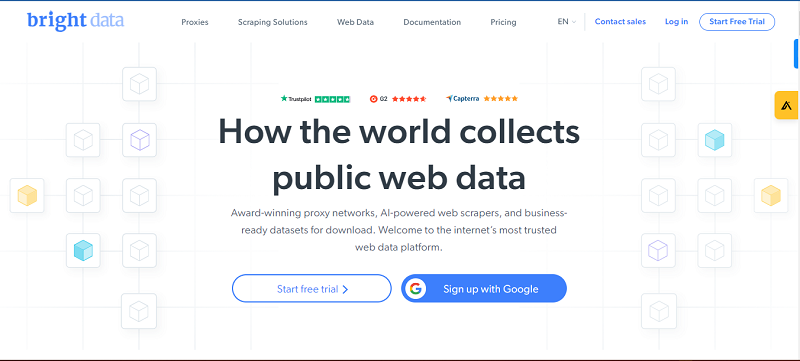Fraud and corruption create havoc in businesses and governments across the globe, with Americans losing an estimated $50 billion each year to such practices according to approximations from the Financial Fraud Research Center at Stanford University. With the myriad advances in technology, while positive in many other ways, this devious landscape is evolving so quickly that traditional detection mechanisms are unable to expose and prevent modern scams. Gladly, the realm of big data and data analytics has joined the fray and just as fraudsters are becoming more progressive in their use of technology, so too are fraud management facilities.
Theft of personal and financial information, including credit card details, is the area we most commonly hear about regarding everyday fraud and corruption, but it filters through to areas including tax evasion, mortgage manipulation, falsification of corporate financial statements, and much more. With the obvious end goal of monetary remuneration, financial fraud is a highly efficacious occupation, and Juniper Research predicts that just online fraud will amount to over $25 billion in 2020. A major contributor to this area of fraud is down to the vast amount of sensitive data collected and utilized in almost every transaction taking place, and current tools employed to authenticate, analyze, and review these transactions for duplicitous activity aren’t always able to handle such volume efficiently or securely.
Happily, sophisticated approaches such as algorithmic analysis, Machine Learning, multi-channel analysis and other such strategies are fighting the good fight. Making use of their own data, public and private organizations have the power to better search out and combat fraud and corruption. And paired with the advanced analytics we’re seeing employed more and more, operators are finding it possible to root out a high percentage of previously concealed illicit activity. Implementing rules-based and specialist-managed advanced analytics begins the process for many organizations, but the more advanced in the field are already making use of hybrid analytics approaches that provide a fine tooth comb skimming of data that’s better able to pick up on potential fraud areas. Of course, with the amount of data generated and collected today, these are no small tasks, and so the advanced analytics tactics being implemented are impressive, to say the least.
Of import in many of our contemporary fraud and corruption prevention approaches are the quality and real-time nature of datasets being utilized, along with the necessity that these technologically demanding processes are able to run concurrently with a host of similarly critical services including the tracking and preservation of regulatory compliance, and information privacy and security protocols. Along with scalable data architecture, Complex Event Processing with data streaming, and various other prevailing technologies, in-memory computing is providing its own innovations to fraud and corruption prevention systems. Offering faster processing capabilities than storage-based computing methods, in-memory computing is promoting scalability and performance, and thanks to significant cost reductions such technology is more readily available and more often implemented.
As much as advanced data analytics programs and the latest in technological devices provide effective techniques and tools to combat fraud and corruption, it’s essential that organizations recognize the need for an all-sides, all-skills confrontation; though many of the traditional detection and prevention mechanisms aren’t able to keep up with advanced deception schemes, they still provide an important cover that shouldn’t be undervalued. With the implementation of the latest advances in technical security, privacy and protection processes, and the deployment of data analytics services searching out and impeding fraud, organizations are urged to carefully review business networks and frameworks and apply fraud and corruption management instruments that plan for, prevent, detect, and respond to the latest schemes and scams that will forever be battering noisily at the gates or surreptitiously sneaking past border control.
By Jennifer Klostermann





